
At first glance, the structure may be perceived as a passive, harmless tall gate in between two bastions. As you enter the structure after paying fifteen rupees, there is nothing much but few broken platforms and intact fortification. But in eighteen century, when one Marathi guy uses to walk out from those Gates on the auspicious day of Dasra, entire Indian subcontinental Kings use to get a cold shiver in their spines with fear, for things to come. Because the young lad was non-other than mighty Maratha Peshwa Bajirao Sahib, who fought 40 wars in his lifetime and never lost a single. The battle strike rate of 100 percent.
Impressed by his tactics, Montgomery, allied forces general in second world war says in his book A concise history of warfare: “the way Bajirao outranked Nizam Ul Mulk in the battle of Palkhed is a masterpiece of strategic mobility in wars. He truly was a heavenly born cavalry leader.”

Mutha river emerges through the Western Ghats, flows through plains of Deccan, and meets river Mula in the center of Pune. As the legend goes, on a fine morning in 1730, Bajirao was riding alongside the Mula river, when he saw a hare chasing a hound against all odds. He considered it a symbol of a victory of the weak over the powerful and decided to build his home over there. After permission from Maratha king Shahu Chhatrapati, and only after buying that particular piece of land from the resident fishermen, Bajirao carried some soil from the adjacent palace, did foundation ceremony (Bhoomi poojan) with it, and kept fist brick for Shanivar Wada in 10th Jan 1730. The adjacent palace was none other than Laal Mahal, where the greatest Maratha Chhatrapati Shivaji Maharaj spent his childhood days. Maratha kingdom was founded by Chhatrapati Shivaji and later was converted into the empire by Bajirao. As I look back in history, was Bajirao was doing this as a metaphor? What a way to get inspire Sir…
After spending the total sum of 16110 RS, on 22 Jan 1732, construction was completed.

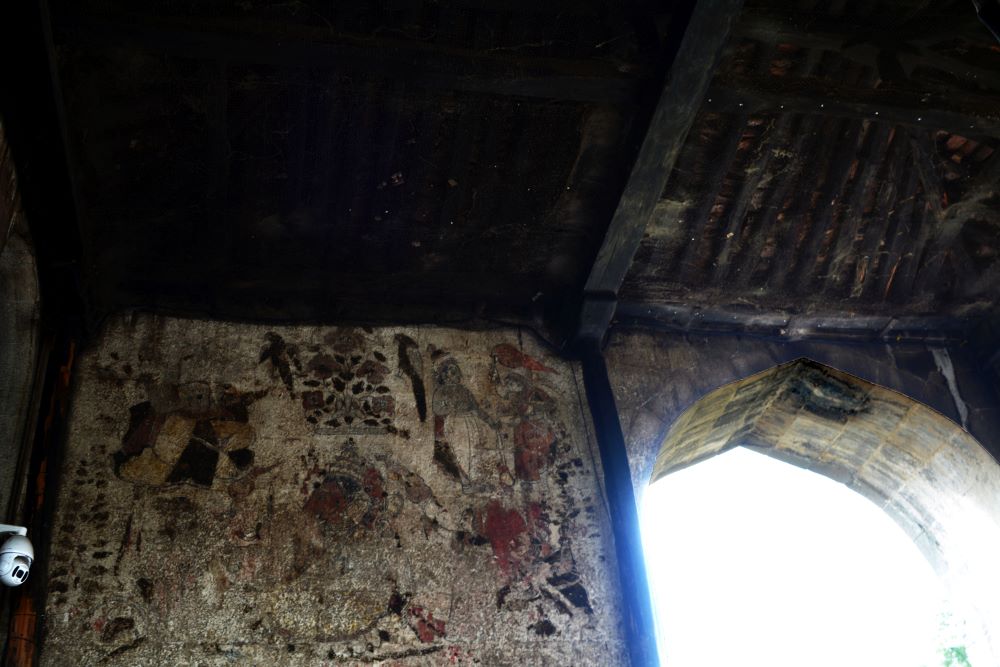
Inside walls were painted with pictures from the Vedic period. Meghdambari, A building where Bajirao uses to stay was seven stories high, from where one could see Dnyaneshwar temple at Alandi, 17 KMS away. Temple of Parvati and Sinhgad were also visible from the top.

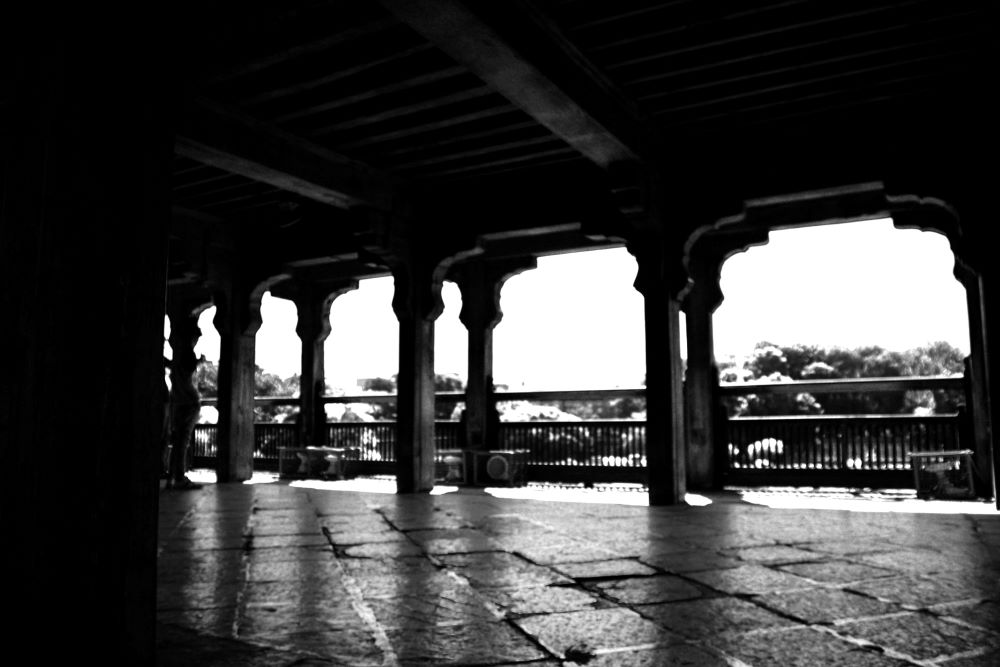
Water was brought down from Katraj Lake, through 30 feet underground tunnels running 15 kilometers long, bellow Central Pune. The water flow and water timings were controlled through ancient mechanisms. The duct which is five feet tall and three feet wide still carries abundant amounts of fresh, drinkable water to Pune city. Later on, additions were made to Wada by later Peshwas, to make it magnificent and suitable for the Maharashtrian powerhouse it was, from where entire Indian subcontinental political narrative was created and controlled.
Charles Mallette was the British Resident in the court of Sawai Madhavrao Peshwe, gifted him a telescope. Sawai Madhavrao uses to spend his free time on the top floor, exploring the skies in evenings, for hours.
Shaniwar Wada has five entrances.
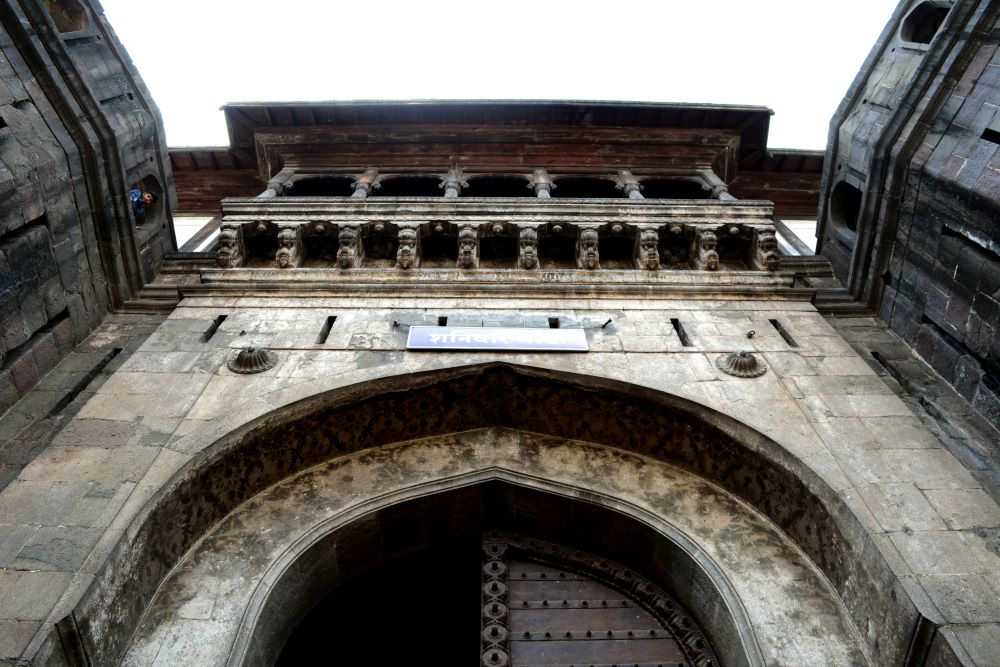
1. Delhi Darwaja: Chhatrapati Shahu had great respect for Delhi throne, hence he did not allow Bajirao to construct the main gate towards Delhi as a sign of respect to the Mughal Emperor. After King Shahu’s death, Later Peshwas constructed the Delhi gate, facing towards Delhi, challenging the invaders sitting on Mayur Throne in Delhi. Instead of blindly following the Mughal architecture like the rest of the Kings in India, this gate was the exact replica of that of the old fort of Indraprastha, the ancient capital of Pandavas. This was nothing but the nationalistic vision and intent of Shivaji the greatest, reflecting on the minds of Peshwas.
2. Ganesh Darwaja: Ganpati temple outside shares the wall of Shaniwar Wada, hence, this gate is named after lord Ganapati, leader of the tribe of Mahadev, removal of obstacles.
3. Mastani Darwaja: Named after the famous or infamous Mastani- second wife of Bajirao, daughter of Maharaja Chhatrasal, King of Bundelkhand, and dear friend of King Shivaji. Later, Nana Fadanvis changed the name as Ali Bahadur Darvaja, after the grandson of Mastani, who re-liberated the Bundelkhand and founded the Banda State.
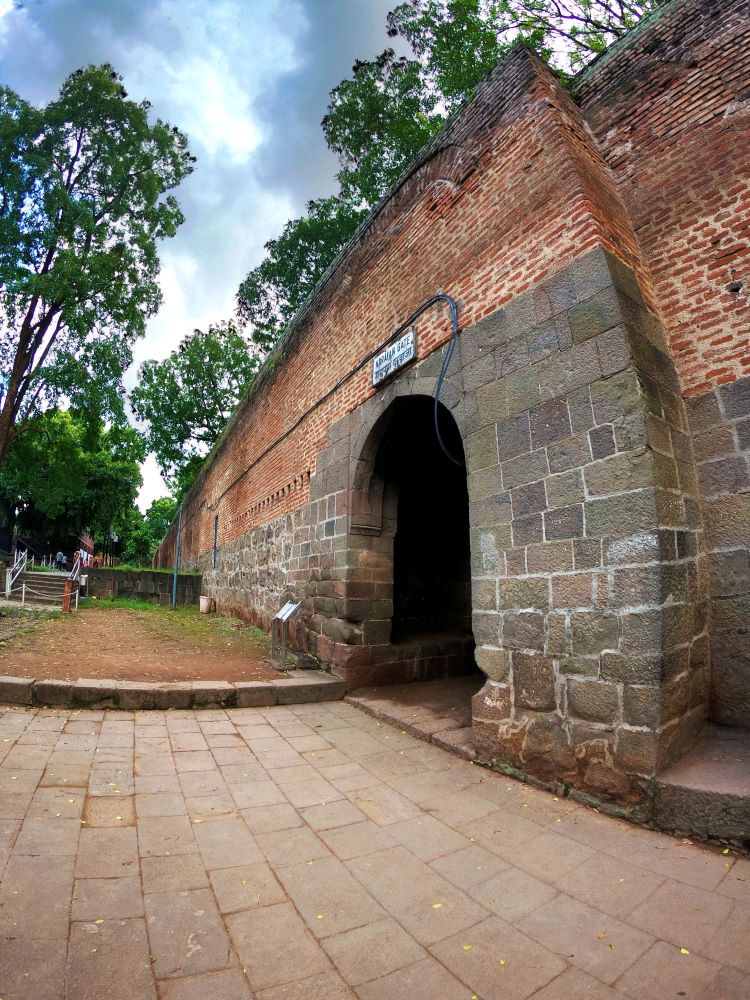
4. Jambhul Darwaja: There use to be a huge Jamun or Jamblang tree near this door. This door witnessed the brutal assassination of NarayanRao Peshwe. Citizens of Pune consider this door haunted as they believe the Ghost of assassinated NarayanRao still roams around the empty walls of Shanivae Wada, screaming Kaka Mala Wachva. (Uncle, please save me).
Nana Saheb Peshwe was the son of Bajirao, who became Peshwe after the death of Bajirao. He lost his first son Vishwas Rao in the third battle of Panipat. Madhavrao, his second son, became Peshwa after him. Raghoba Peshwe, the second son of Bajirao wanted to be Peshwa after Nana Saheb’s death, but Chhatrapati Shahu appointed the worthy Mashavrao instead. This became the cause of dispute in the Peshwe (Bhat) family. So, after the early demise of Madhavrao, NarayanRao became Peshwa instead of Raghoba. Getting tired of waiting to be Peshwa, and being surrounded by ill-intended advisers, Raghoba took the matter in his own hands and ordered his bodyguards to capture NarayanRao Peshwe. Orders were followed, and a group of bodyguards armed with sharp swords ran behind the young Peshwa while he came running towards his uncle to protect him. They drag him from his uncle Raghunath Rao (The one who gave the orders) and took him away while he kept screaming Kaka Mala Vachva ( uncle please save me). Bodyguards (Gardis as they called) instead of arresting the Peshwa, hacked him into tiny pieces. This created havoc in Pune. Later escaped Gardis were captured, tortured, and then killed. Raghoba and his wife Anandibai were arrested as conspirators. This door is the constant reminder to Punekars, what agreed of power can turn you into.
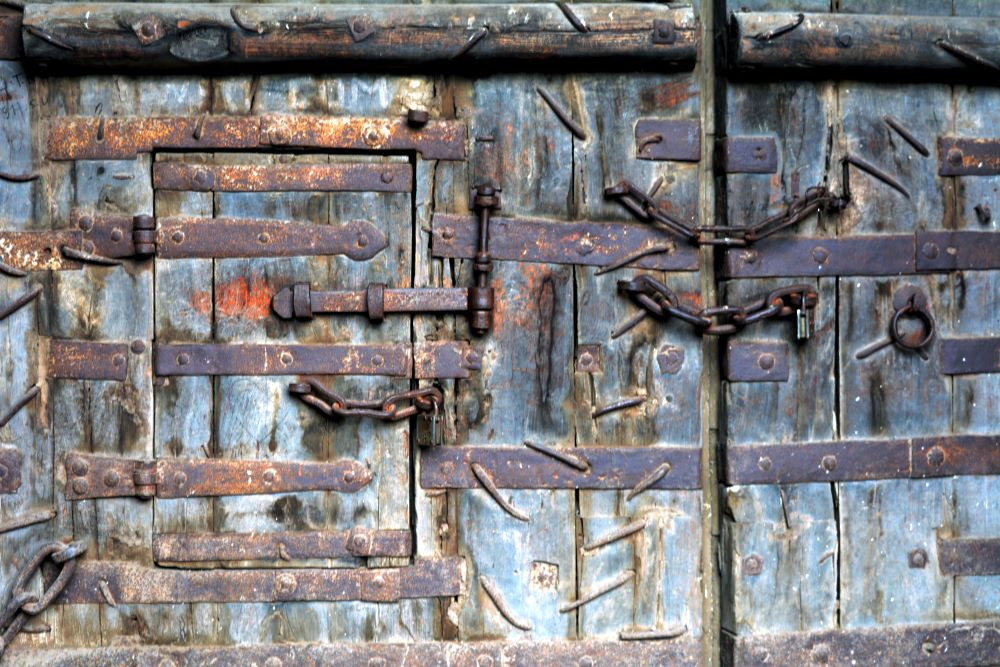

5. Khidki Darwaja: In early days, only a small, window-like door of this gate use to be opened to enter the Wada. The small door was made so that only one person at a time could pass through. Hence this door is called Khidki (window in Marathi) Darwaja.

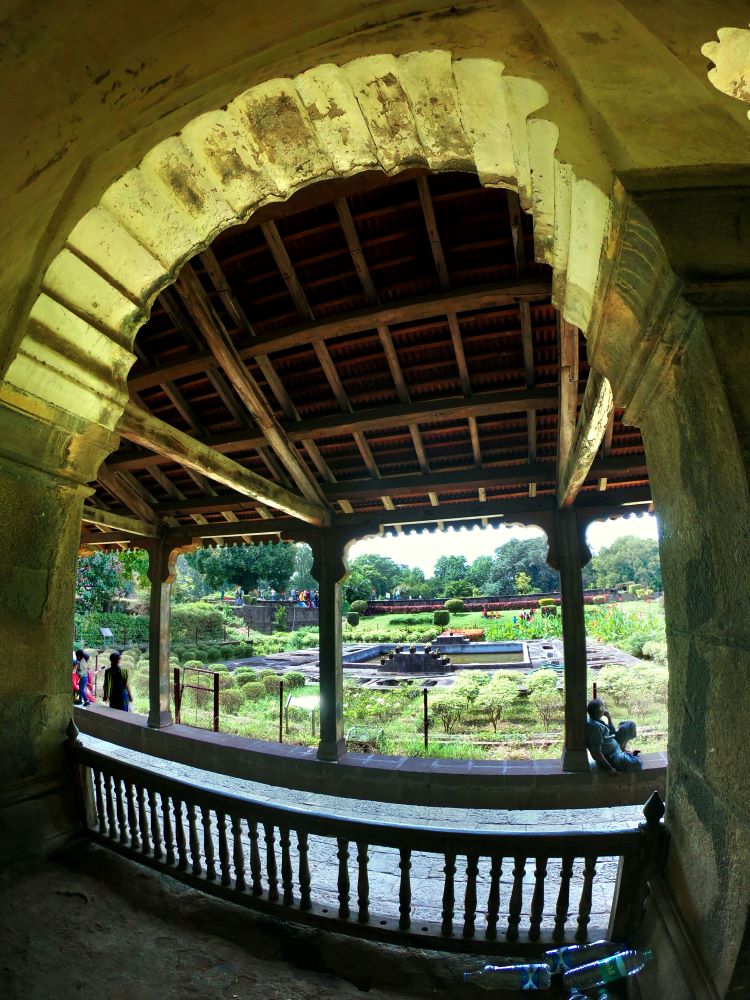
Palace had four large courts and seven state halls. All the halls have been constructed with the same Maratha style architecture-one central hall with a flat ceiling and four surrounding structures with slope roofs. The main pillars were beautifully carved like cypress trees and joined together on top by engraved arches of exquisite craftsmanship. Roofs and walls were decorated with delicate paintings inspired by tales of Ramayana and Mahabharata. A special designer from Rajasthan named Bhojraj was appointed to paint these murals. Each platform has its own history, as the people who made great impressions on history, once lived there. Apart from these, there were several rooms dedicated to specific functions like treasury, storage, records, library, jeweler, armory, and medicine that can be found mentioned in old documents. In 1779, as per documents, adding all the royal guards, infantry, cavalry, was calculated as 3,844 men standing to guard Peshwe and the royal family, day and night.
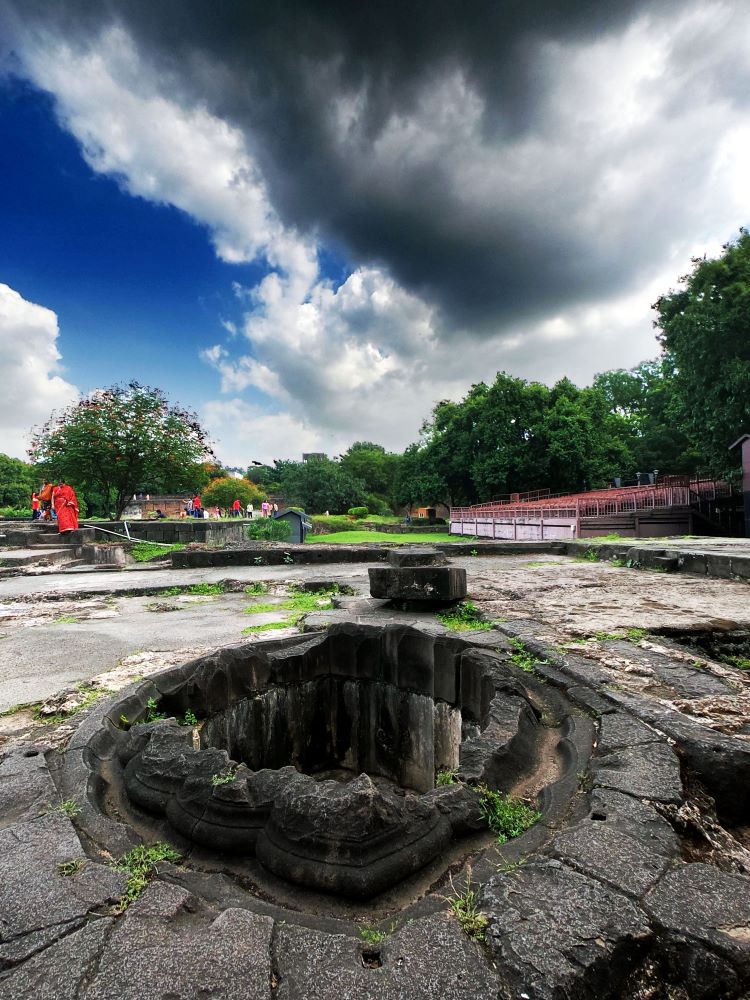
Apart from above, few structures, worthy of mentioning were as follows: Ganpati Rang Mahal, the hall for the audience, Nachacha Diwankhana or dancing hallTwo Arse Mahal or new and old hall of mirrors, Hall of Raghunathrao, Thorlya Rayacha Diwankhana or, hall of Bajirao Saheb and one Hastidanti Mahal, or, an entire hall made out of ivory…
Many visitors from abroad who use to visit here have recorded the observations on the grandeur and yet simplistic nature of these halls. Peshwas, being great devotees of Lord Ganesh, built Ganesh Mahal in 1755, to celebrate Ganesh Utsav, or the Ganpati festival. Apart from idols and decorations, there were fountains opening to a garden crowded with blossomed fragrant flowers. The murmuring of the fountains with fragrance from the garden creates a very pleasant effect. On special occasions, pockets, filled with colorful flowers were used to place in those ducts, making the fountains colorful.- writes Captain Moor, who visited Shavivar Wada in 1791.
Robert Mabon, an artist, who visited the Wada in 1790, has described the awesome riches of the palace. He describes, how he was transfixed by the ornaments Peshwa and his pupil were wearing. He goes in detail to describe what fine piece of clothing Marathas wear, along with the size of rubies and even the color of the pearl neckless worn by the Peshwa himself. Robert, also does not forgets to mention his surprise, when he saw how simple was the Peshwa (A prince- by his words), not sitting on some golden throne-like European kings, but just was sitting on a mattress, four-inch above grounds.
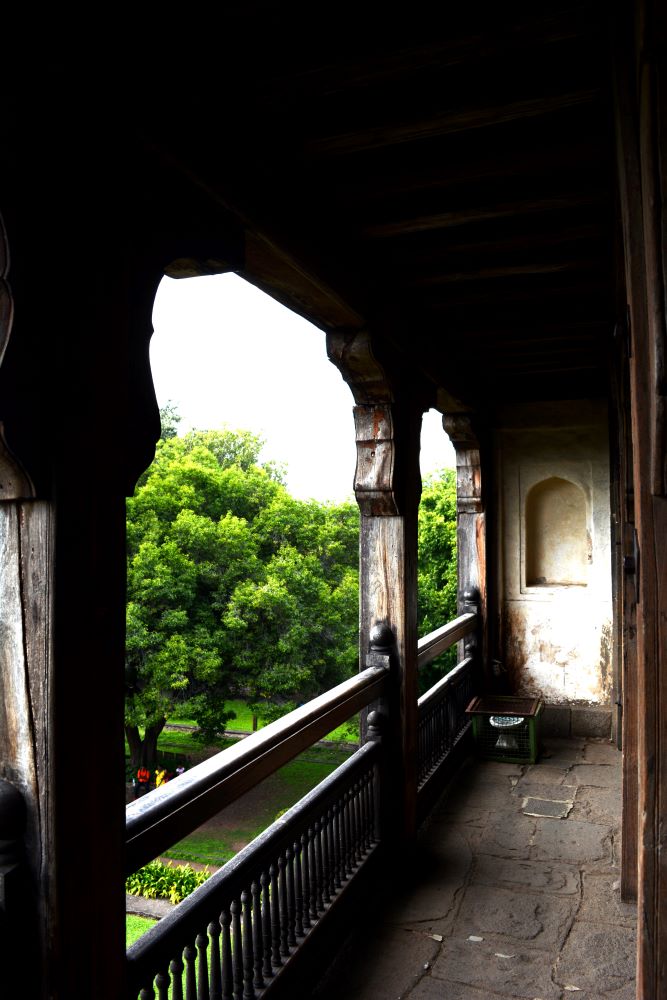
Major Price Visited Wada in 1791, describes his visit in detail. How he was escorted in the building with 80 soldiers, how he had to remove his shoes and given embroidered satin slippers with stockings to wear, how entire Ganesh Mahal was covered with spotless, ultra-white Calico to walk on. How the announcements were made as they passed through each canopy, to meet Peshwa.
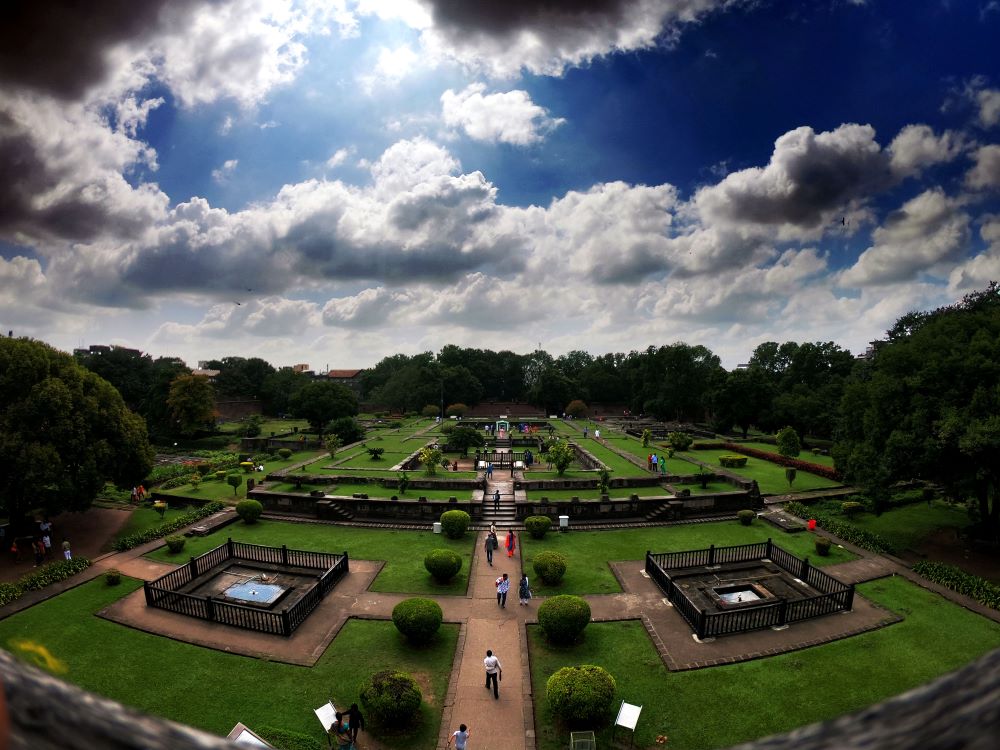
After the construction, this hall has witnessed abounding political and social events. If whatever remained walls of this Ganesh Mahal could talk, they have a hell of a chronicle to tell. These halls have witnessed the celebration of Marathas when they received a letter from Raghunathrao after he captured Attock on the Banks of Indus river. This was the fulfillment of the dream, dreamt by Chhatrapati Shivaji Maharaj. They have also witnessed mortal defeat in Panipat battle, where more than 90 thousand Marathas were died fighting the battle, where north Indians should have helped them…These walls must have taken a breather and stood tall with pride again, when, under the leadership of Madhavrao Peshwe, Mahadji Shinde regained the lost power in north India. These walls must have shaken again when they had to witness the brutal murder of Narayanrao Peshwe by his own uncle, Raghunathrao Peshwe. After the death of Mahadji Shinde, the Maratha empire got into the turmoil of civil wars, resulted in the desecration of the empire, and ultimately, resulted in east India Company, capturing the entire Indian subcontinent. As per the treaty with Britts, Peshwe, rulers of India, had to move from Pune to reside in Bithur, a tiny village near Kanpur. These walls must have been decorated with elegant paintings, tasteful drapes, biggest chandeliers, and marvelous carvings with graceful woodwork once. They were all stripped down and taken away with Bajirao II in June 1818. JariPatka (saffron Maratha empire flag) was taken down, and the British flag was raised here. All that remained was empty walls, ghastly silence, and the ghost of Narayanrao Peshwe, haunting the empty passages…In 1828, a massive fire erupted, turning everything into ashes, saving just outer walls and Delhi Gate. After a while, the British, as per their agenda to wipe out the true history of India, started mental asylum there, which was later converted into staff quarters and offices. In 1886, the Archeological Survey of India was established by Lord Cunningham. In 1910, when British Royalty visited India, they wanted to visit Shanivarwada. Hence, hospital was moved elsewhere, and a little bit of cleaning and reconstruction was done by British ASI. Till now, nothing has been changed there…
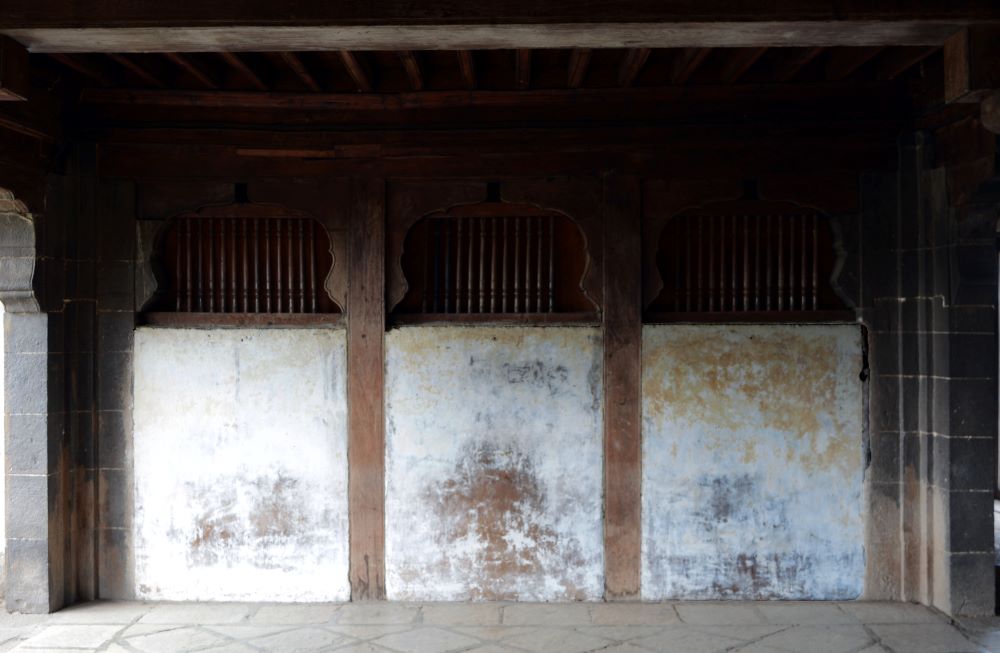
These days, Shaniwar Wada is buzzing with tourists, thanks to Bollywood movies. Even though, someone like me, first-grade student of History, hates to see Bajirao, Kashibai and Mastani dancing on Bollywood dance number, I can’t deny, that it has generated curiosity among Indians to visit this place. Apart from tall gates, fortified walls, misplaced trees, and few broken platforms, there is nothing much to see here. Few signboards with some least interesting information are displayed here. As tourists were entering, and roaming in between the ruins, I could see the clear signs of disappointment, confusion and a hint of boredom on their faces, saying, there is nothing to see here. There is a light and sound show in the evenings, but the ticket window for that opens after the dark, which is utterly inconvenient in the age of online bookings. This is the best time, to do some research, consult some historians and archaeologists and reconstruct the Wada as it was before. Some volunteers in Pune try their best to arrange Heritage tours, these efforts are very less, compare to what the government can do. Us Indians have very unique hobbies these days. We have segregated our national heroes as per their region, religion and casts and sub casts. As Peshwe belongs to a particulate cast, which has minuscule vote share in Maharashtra politics, I am confident, nobody from the government will take this initiative to repair and reconstruct Shaniwar Wada. This was the powerhouse, from where, once, entire politics of Indian Subcontinent was controlled. From where Peshwe use to decide who will sit on the Delhi throne, how much salary should be released for the Delhi queen courts, Use to receive gifts from Kings of England and Iran, etc, now overshadowed by the ignorance and political unwillingness. Even though, packed with tourists, its walls waits patiently, to be re-erected, to be redecorated, to be repainted, for which they have a saga to tell to future generations, tells of sharp intellect, passionate patriotism, tremendous creativity, heroism, and brotherhood.
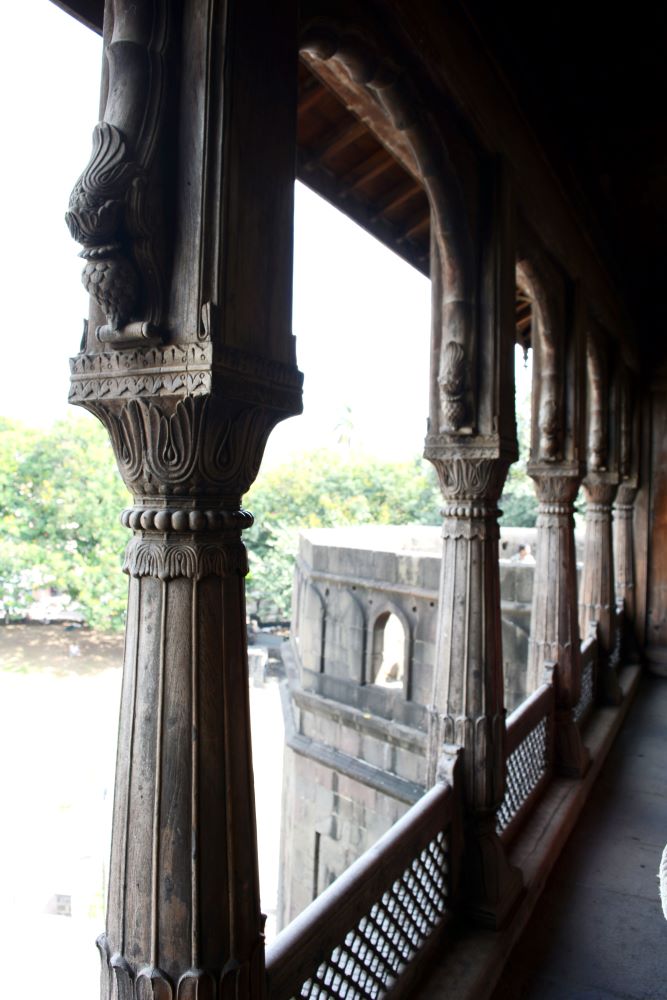

References:
1. Poona in Bygone days: By Rao Bahadur D. B. Parasnis, The Times Press, 1921
2.https://www.youtube.com/watch?v=xldUKwTHGW8
3.https://www.youtube.com/watch?v=HWyV-9LCDYg
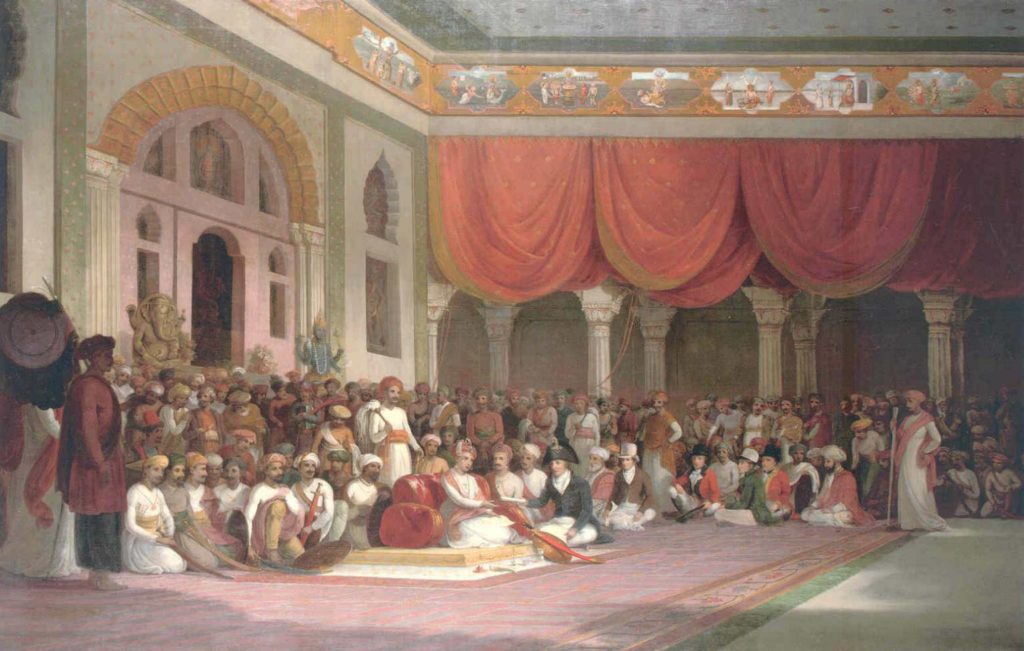
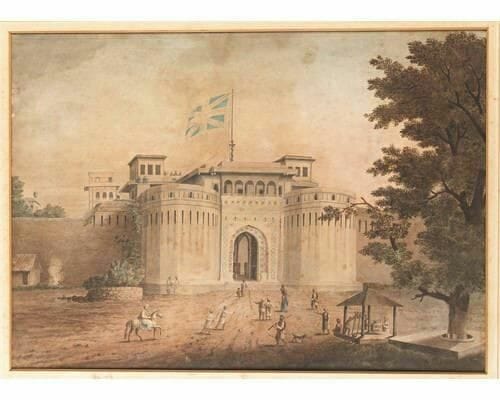
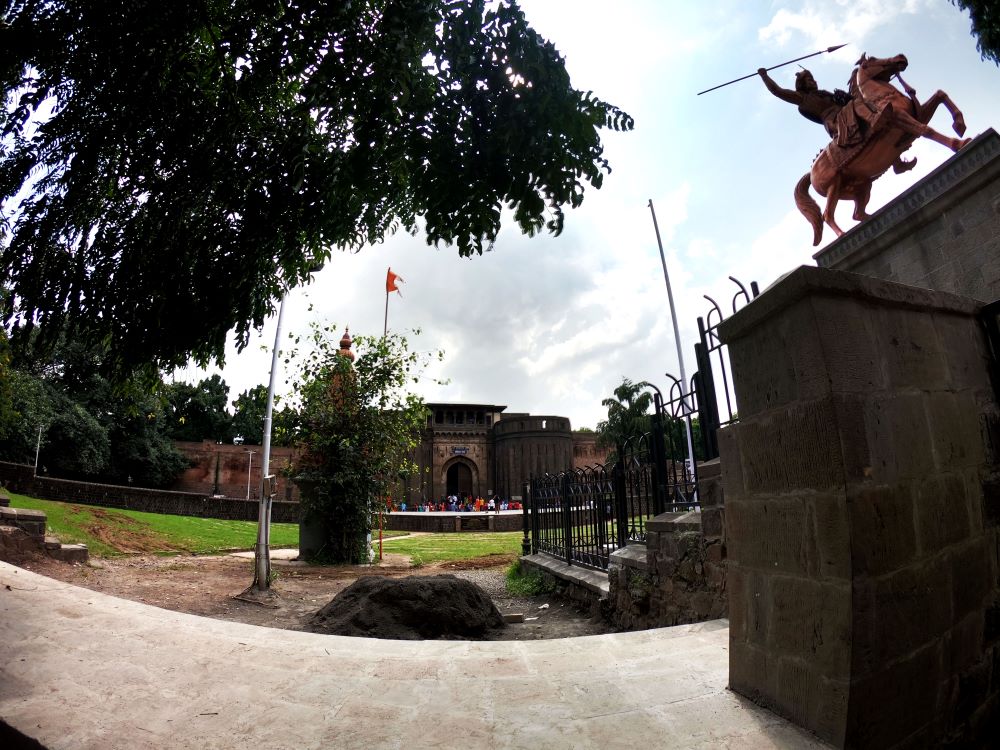
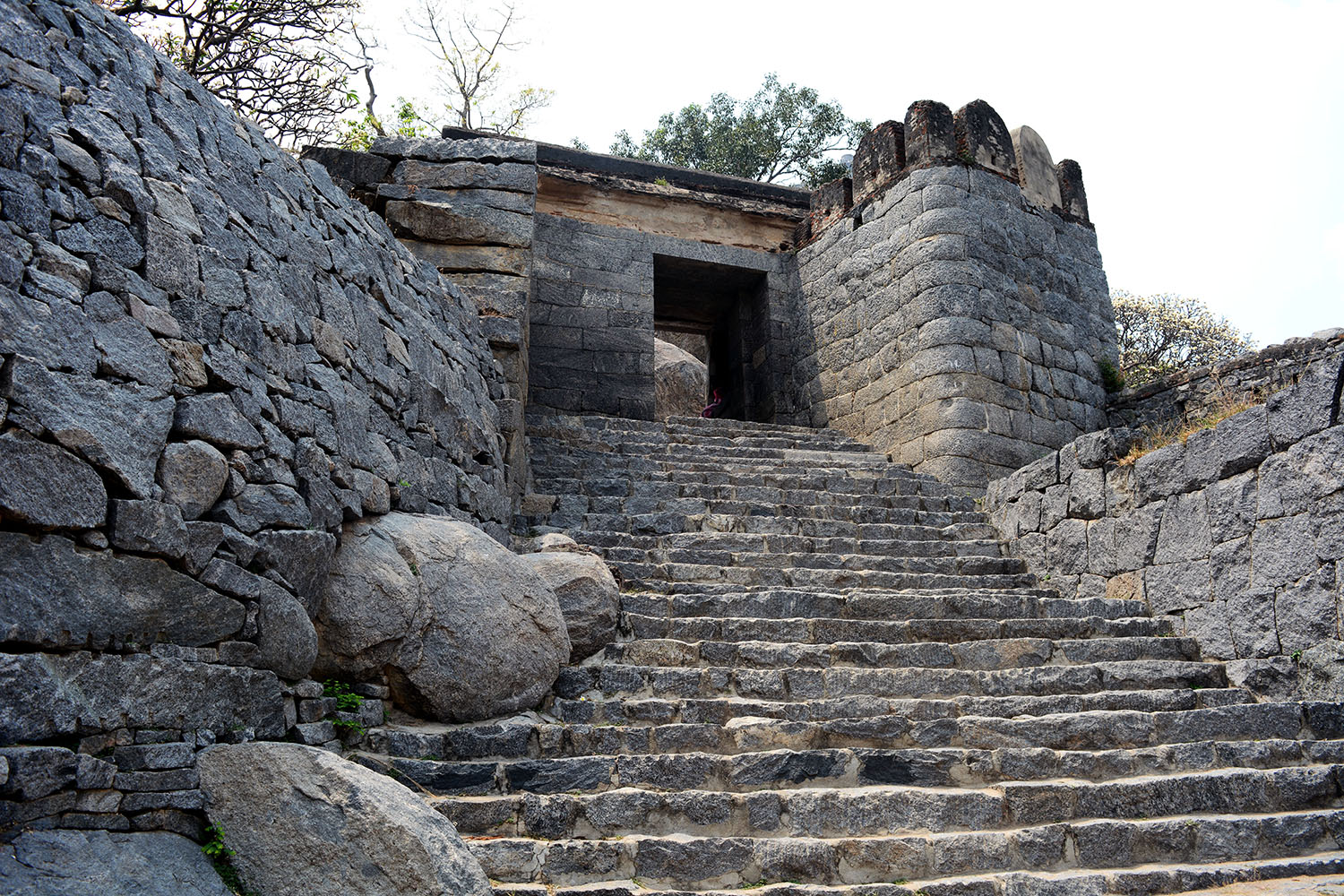
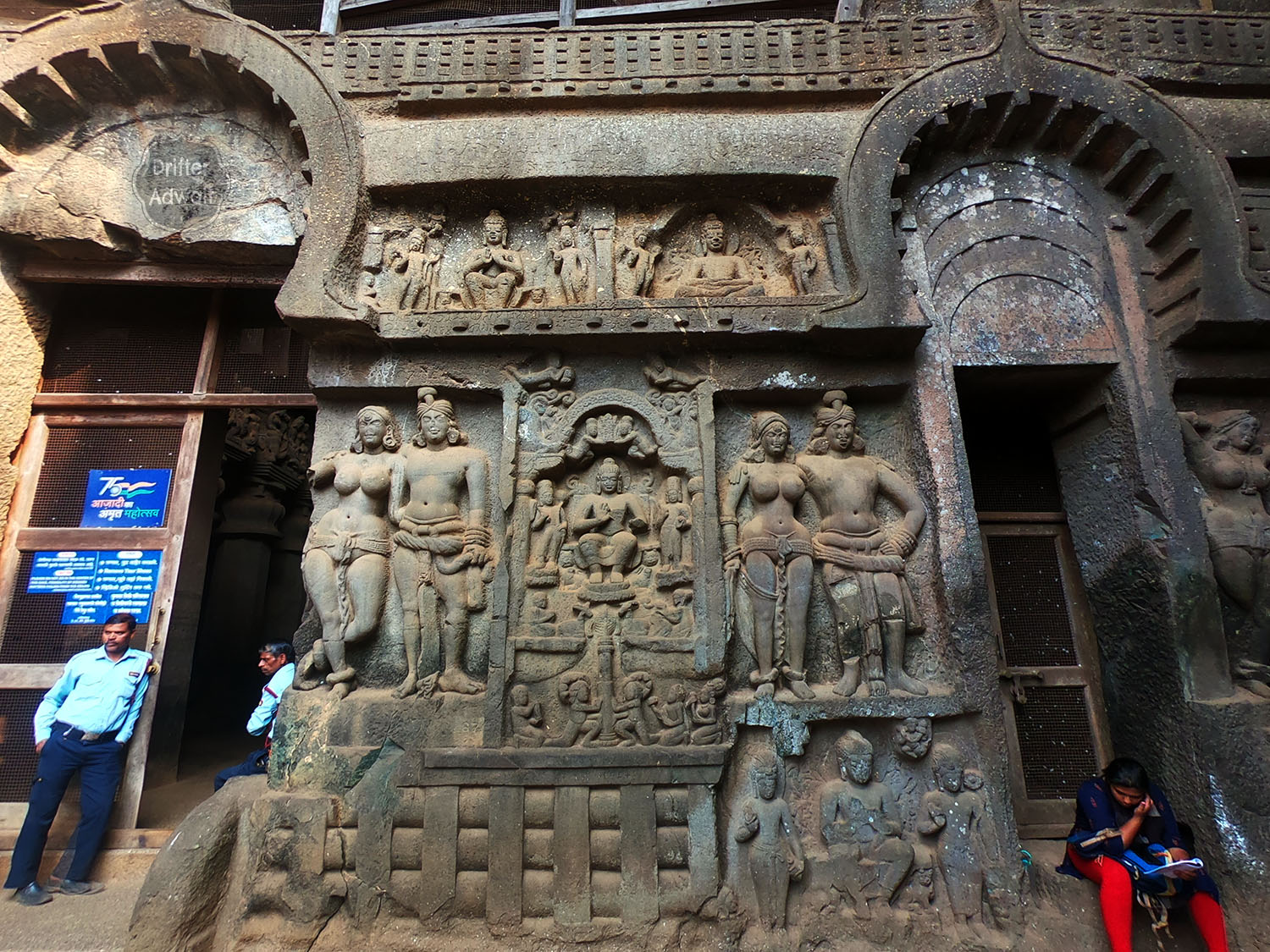
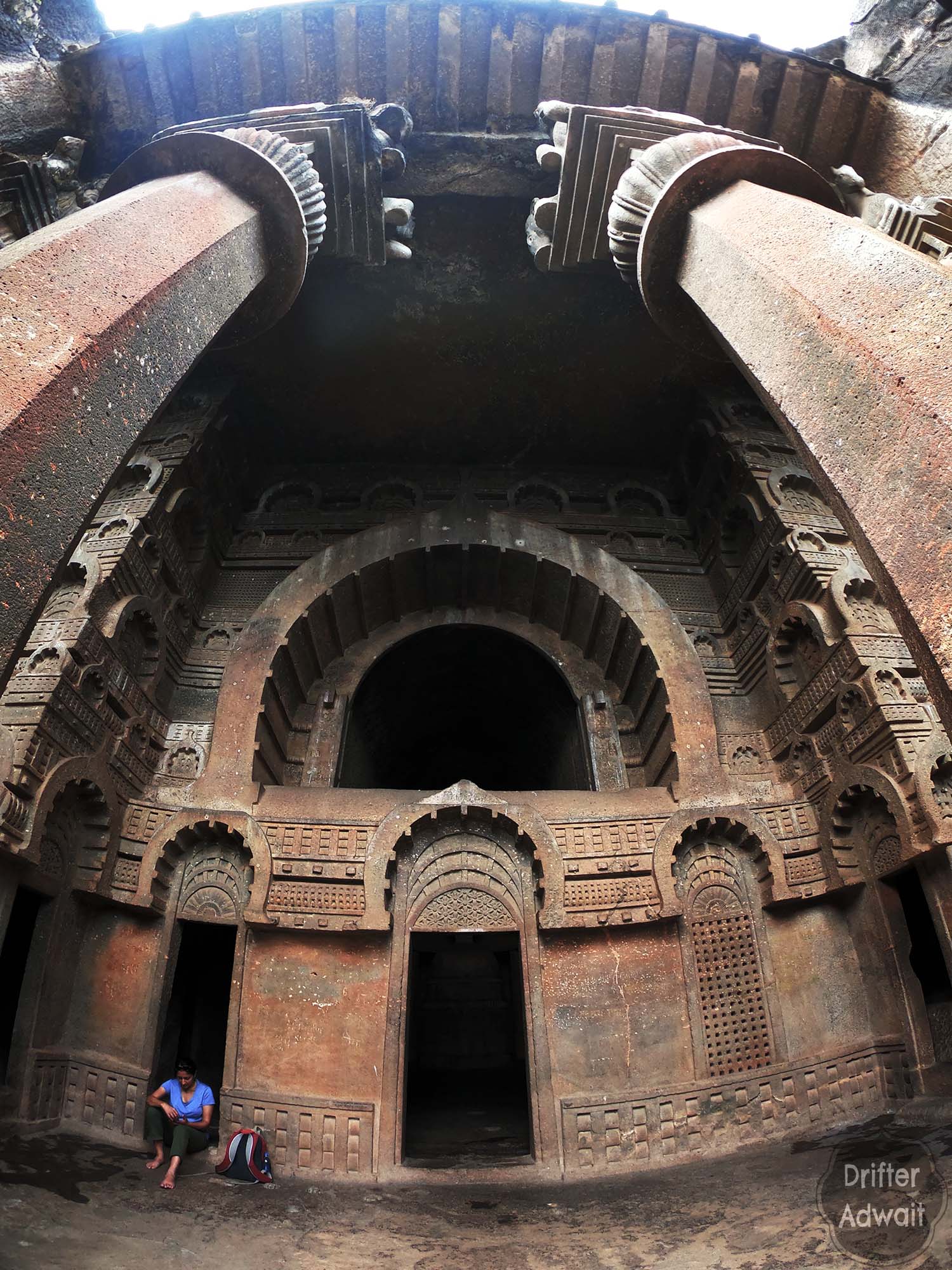
Nice narration. It makes the reader visualize Shanivar wada, in context of its history. Pictures give it a different charm and makes narration come alive.
Not much has been written about such monuments in Maharashtra. Such articles will help in building awareness of great Maratha legacy.
Keep writing, Adwait.
Thanks for taking the time to read it sir. It’s a sad thing, that people don’t know much about our glorious past. Just trying to add my two cents in the process of building national consciousness. I will keep on writing it. Appreciate the thumbs up.
Congratulations. You have keen interest in history and well developed patience to describe every details of shaniwar wada.
Thank you sir, Shaniwar Wada has a fascinating history, just waiting to be told.
Hey Adwait , it’s very well written , keep it up ?
Thanks, MJ. Next time, let’s go together.
Lovely writing and beautiful pics.. I had visited Shaniwar Wada a few years later back
. But your pics bring out a totally new dimension congratulations
Thank you Devkumar. Every time I visit Shaniwar Wada, I find something new. Next time, please try to catch their light and sound show as well. Thanks for the kind comment sir.